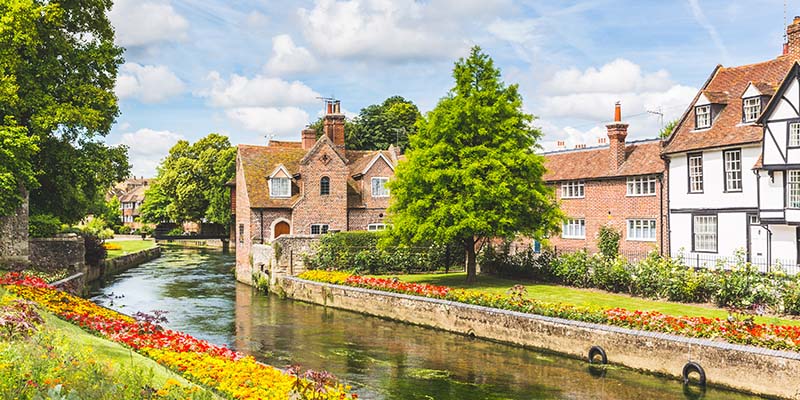
What Insulation should you use for your Exterior Walls?
Exterior wall insulation refers to either cavity walls or solid walls that surround your property. It is extremely important to understand the different insulation types for your exterior wall in order to properly insulate it. Why? Because an uninsulated wall can account for around 35% of heat loss, which can be a waste of money, energy and add to your carbon footprint.
By insulating your exterior walls , you can prevent draughts, regulate the internal room temperatures, fix any condensation issues, and add structural integrity to your property.
When should you be focusing on exterior wall insulation? Really, in all cases where you do not have wall insulation. Therefore, this could be if you are renovating your home, building a new home, replacing old insulation or adding new insulation.
So, what options do you have for your exterior wall insulation project?
Insulation Types for Exterior Walls
1. Cellulose
Cellulose insulation is one of the most traditional forms of insulation material available. It is composed of recycled paper and small particles that can fit easily into places. There is a reason this traditional insulation product is still around, simply, because it works. The product can be blown-in to those exterior cavity walls, filling it with a sturdy and sufficient insulation material.
2. Foil-Faced
Any insulation that is foil-facing can be great to prevent the transference of heat, especially if your exterior wall faces the sun throughout the day. For your external solid walls, a foil-faced product, typically made from fibreglass batts, can be fitted to the wall. Not only does is assist with reducing the transference of heat, but also works as a vapour prevention method.
3. Fibreglass
Fibreglass insulation, as you may know, consists of fine glass fibres, it is another commonly used insulation product and is used throughout a home. Fibreglass can be provided in the form of a batt or loose fill, with the ability to be extremely solid, such as a rigid board. The insulation properties of fibreglass can help reduce heat and cold transference while also providing soundproof structures as it traps pockets of air.
4. Open-Cell Spray Foam
Open-cell foam insulation is one of the more superior and long-term methods that can be beneficial for your exterior cavity walls. This product can be blown-in via small holes that are made strategically across your external wall. The foam insulation fills the cavity until you have a fully insulated wall.
Open-cell foam creates an air seal, helping you regulate your internal temperatures all year round, additionally, the product can last as long as your property, giving you a great return-on-investment. Additionally, the airy composition allows for soundproofing properties, providing you with much needed peace from sound pollution.
5. EPS Beading
EPS bead insulation is another insulation product for your external cavity walls. These beads are injected into your walls and filled to the top, providing efficient and cost-saving insulation. These beads can also last the lifetime of your property and provide a fast and flexible external wall insulation method.
EPS beads have a low installation cost and a low material cost, making it one of the most preferred cavity wall insulation methods available on the market today.


